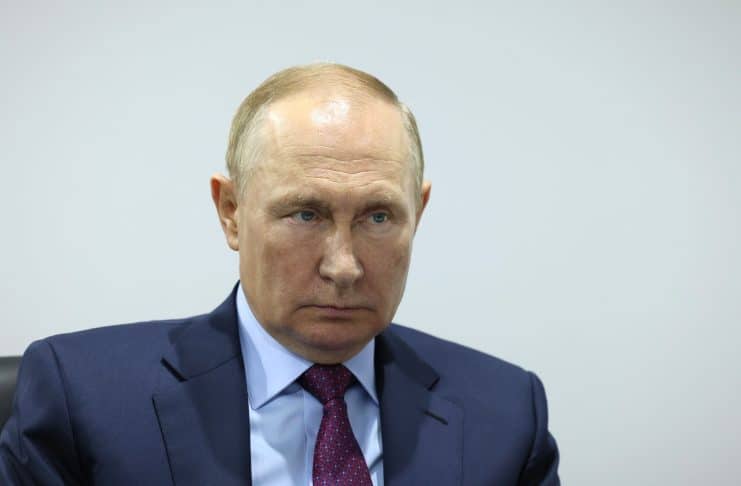How, and how much, the U.S. should support Ukraine's fight back against the Russian invasion has been a matter of some debate on the campaign trail and most certainly will be once the new Congress gets to work. Some on the left and right say the U.S. should do much less, or even nothing at all, to stop Putin's aggression.
Setting aside that bipartisan strain of appeasement for a moment…just what is happening with the man who started the war? According to the Carnegie Endowment for Peace's Andrei Kolesnikov, Putin is entering the “Stalin phase” of his dictatorship.
What does that mean – historically and for the crisis at hand? Kolesnikov writes:
Increasingly, Putin himself has come to resemble Stalin in his final years, when the Soviet leader was at his most paranoid and severe. At the end of World War II, Stalin had been in power for more than 20 years, and from that time until his death in 1953, he took his regime to new autocratic extremes: heightened intolerance of other people's opinions; constant suspicion of his close associates; ostentatious, truly shameless brutality; and deluded, obsessive ideas. Like Stalin in his late period, Putin has also spent more than 20 years in power (including his interlude as prime minister from 2008 to 2012), and in his current presidential term, which began in 2018, he has also shown many of the same qualities. During this time, he has amended the Russian constitution to reset the clock on his presidential terms, orchestrated the poisoning and arrest of opposition leader Alexei Navalny, and started a war with devastating consequences for the entire world.
Now, in 2022, Russia has turned into a full-fledged, personal autocracy. In his embrace of imperial and nationalist ideology, his ruthless crackdown on civil society and any form of dissent, and his call to arms of almost the entire country, Putin has reabsorbed nearly all the classical elements of Stalinist totalitarianism, from the cult of personality to the cult of heroic death.
That's…chilling for anyone near Putin. And worse for the wider world. But Stalinist absolutism tends to end badly:
…although he is approaching the age of Stalin at his death, Putin appears healthier and seems to have more time than Stalin did in the early 1950s. Nonetheless, there is a crucial lesson here for Putin: hatred for and fear of Stalin during his last years were so strong that, when he suffered his final stroke, in the hours when he possibly could still be saved, his closest associates did not come to his aid: and in his agony, he died practically alone. Putin looks stronger than ever today. But at the same time, it is unclear who might save him if ever he lost that strength. Like Stalin in his later years.
Very few will weep if this is Putin's end – alone, in agony, and with a legacy in tatters. It's what happens before that end that concerns the West and its leaders most. Leaving Ukraine, the Baltics and other ex-Soviet states to Putin's whims is dangerous no matter how the dictator ends. We turn our backs on those free nations and peoples at our great and lasting peril.
The opinions expressed in this article are those of the author and do not necessarily reflect the positions of American Liberty News.
READ NEXT: What to Expect From the US Military Post-Election >>



Use prior War Games??
Truly amazing that PUTIN has not eradicated Biden, ZELENSKYY and cabal.